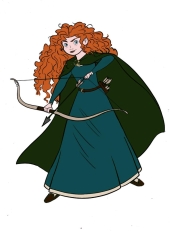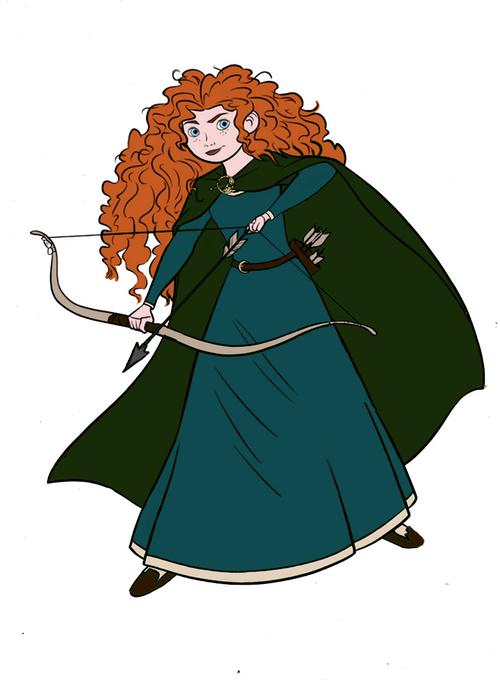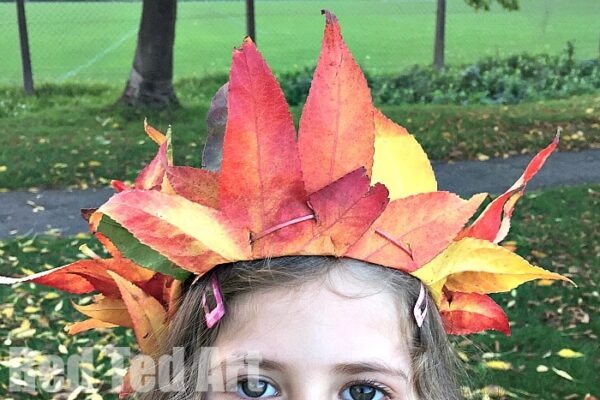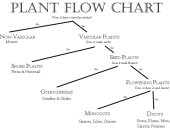

 Five acres, two little ones, one awesome husband, 12 ducks (give or take), and a bunch of fruit trees and garden beds. In her spare time, Nicole likes to knit, paint, draw, teach kids, make fairies & dragons, philosophize, and read fantasy. She doesn't HAVE spare time, but does like to fantasize about it!
Five acres, two little ones, one awesome husband, 12 ducks (give or take), and a bunch of fruit trees and garden beds. In her spare time, Nicole likes to knit, paint, draw, teach kids, make fairies & dragons, philosophize, and read fantasy. She doesn't HAVE spare time, but does like to fantasize about it! 
Alicia Bayer wrote:You also hear a lot about the toxicity of red elderberries. The USDA warns not to eat *raw* red elderberries, but they were traditionally used as both food and medicine for some Native American tribes. There are some folks online who have experimented with making things like red elderberry fruit leather but the main drawback of red elderberry is that it just doesn't taste good. But yes, even more caution should be taken not to eat those raw.

Another new discovery was the extensive use of colourless powdered glass. There are references to the addition of colourless powdered glass to paint in a number of documentary sources, including Richard Haydocke's 1593 translation of Lomazzo, which expands on what Lomazzo says by specifically mentioning that it was used as a drier. Several seventeenth-century documentary sources, many of them English, also suggest it should be added as a drier (see Spring 2004 for references). The presence of glass was first confirmed in paintings by Raphael, mainly mixed with red lake. In every example that has been analysed the glass contains manganese, which is known to be capable of acting as a siccative for oil; indeed it would be very suitable as a drier for the glazy transparent red paint. Further evidence that its purpose was to act a drier is the context in which it was used. It was found in the mordant gilding on the throne in Raphael's Ansidei Madonna (NG1171), where it cannot have been included for aesthetic reasons as it is hidden beneath gold leaf.

Burra Maluca wrote:I found this - DIY Kids Bow and Arrow Homemade from Nature
Or how about gathering local dye-plants and dying wool different colours to weave into your very own tartan?
Haggis making might be a step too far for kids. Or their parents...

Jill Dyer wrote: Do you have access to bamboo - not promising, but that might be flexible enough to make a bow. Length of linen yarn for the string. Watch everybody's eye though!
Suggest making cords by finger loop braiding and/or using a lucet tool(sub. a carving fork if you trust the students not to poke at each other) or even a short length of woven braid a la inkle then there's always natural dyes if that hasn't been covered yet.
Soap stone - is it square-ended - if so it could make a nice stamp with initials or a small design carved into it. plus handmade paper?


Jill Dyer wrote:Suggest making cords by finger loop braiding and/or using a lucet tool(sub. a carving fork if you trust the students not to poke at each other) or even a short length of woven braid a la inkle then there's always natural dyes if that hasn't been covered yet.
Do you have access to bamboo - not promising, but that might be flexible enough to make a bow. Length of linen yarn for the string. Watch everybody's eye though!
Soap stone - is it square-ended - if so it could make a nice stamp with initials or a small design carved into it. plus handmade paper?
| Year | Princess | Craft |
|---|---|---|
| 400 Northern Wei | Mulan | Hand/Hanging scroll project |
| 400 Northern Wei | Mulan | Finish Scroll |
| 1000 Polynesia | Moana | Make clay canoes |
| 1000 Polynesia | Moana | Make Leis |
| 1000 Scottish Highlands | Merida | ??? |
| 1000 Scottish Highlands | Merida | ??? |
| 1410 France | Aurora | Make Spindles & spin wool |
| 1410 France | Aurora | Dye wool pink and blue (and purple) with cochineal |
| 1843 Norway | Anna & Elsa | Make paper heart basket |
| 1843 Norway | Anna & Elsa | Play Charades? or make Froebel paper stars |
| 1550 France or Poland | Rapunzel | Make paint! |
| 1550 France or Poland | Rapunzel | ??? |
| 1550 Germany | Snow White | Feather dusters |
| 1550 Germany | Snow White | Herbal soap balls |
| 1607 Virginia, USA | Pocahontas | Corn husk doll |
| 1607 Virginia, USA | Pocahantas | Necklace with glass beads and shells |
| 1660 Cicely | Ariel | Learn navigation by making a Mariner's Quadrant |
| 1660 Cicely | Ariel | Make a Compass Rose |
| 1660 Ottoman Empire | Jasmine | ??? Weaving a small carpet? |
| 1660 Ottoman Empire | Jasmine | Make a clay lamp? I was thinking of this, but it looks too hard now |
| 1760 France | Belle | Make paper |
| 1760 France | Belle | Bind a book |
| 1880 Belgium | Cinderella | Write a fancy invitation |
| 1880 Belgium | Cinderella | ??? |
| 1926 New Orleans, USA | Tiana | Mardi Gras mask |
| 1926 New Orleans, USA | Tiana | Make your own restaurant menu |
| 1950's Columbia | Mirabelle | Dip candles |




Nancy Reading wrote:What about something with autumn leaves? I'm thinking like leaf prints or rubbings....maybe even make salt dough impressions that could be coloured and hung for decorations.
These ones (not done with real leaves) are hung to make a thankful tree:

source
Skeletal leaves are also fun. May made a post on using a retting solution to make leaf skeletons https://permies.com/t/262971/Narrow-leaved-plantain-textiles#2622801 but some experimentation may be required.




